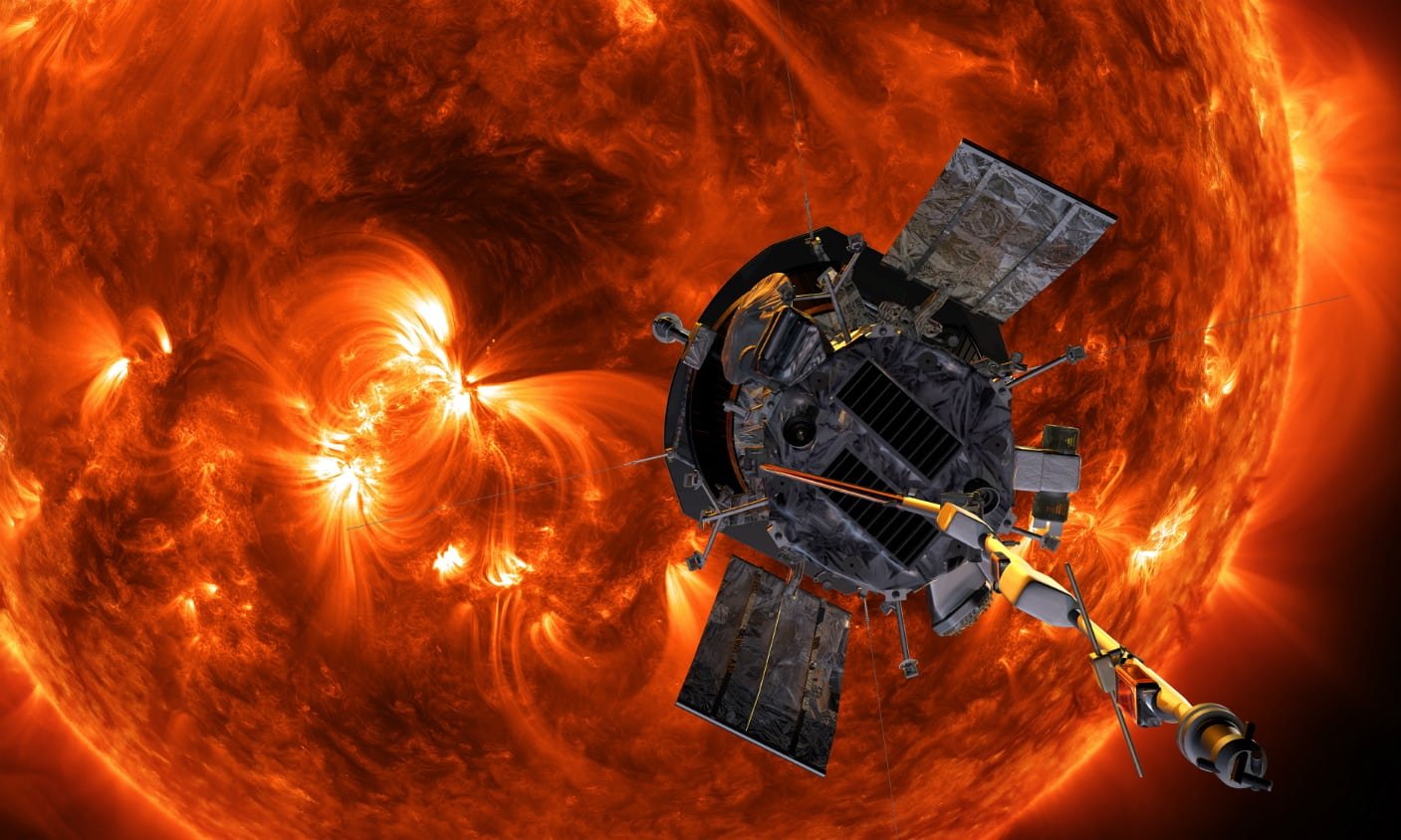A last-minute technical problem has delayed Nasa’s unprecedented flight to the sun.
The launch was pushed back after several delays from a technical glitch on the rocket carrying the probe, United Launch Alliance’s Delta IV Heavy rocket, caused NASA to run out the clock on its 65-minute launch window Saturday.
“Teams worked very hard this evening, diligently getting through the launch process, looking at everything that they had to to get into the terminal count this evening,” Mic Woltman, of NASA’s Launch Services Program, said during NASA’s broadcast of the launch attempt. “As we picked up the count at T-minus four and got into a terminal count, the team received a gaseous helium red pressure alarm that kicked them out.”
Rocket maker United Launch Alliance said it would try again Sunday, provided the helium-pressure issue can be resolved quickly. As soon as the red pressure alarm for the gaseous helium system went off, a launch controller ordered, “Hold, hold, hold.”
Once on its way, the Parker probe will venture closer to our star than any other spacecraft. The $1.5 million mission is already a week late because of rocket issues. Saturday’s launch attempt encountered a series of snags; in the end, controllers ran out of time.
Thousands of spectators gathered in the middle of the night to witness the launch, including the University of Chicago astrophysicist for whom the spacecraft is named. Eugene Parker predicted the existence of solar wind 60 years ago. He’s now 91 and eager to see the solar probe soar. He plans to stick around at least another few days.
